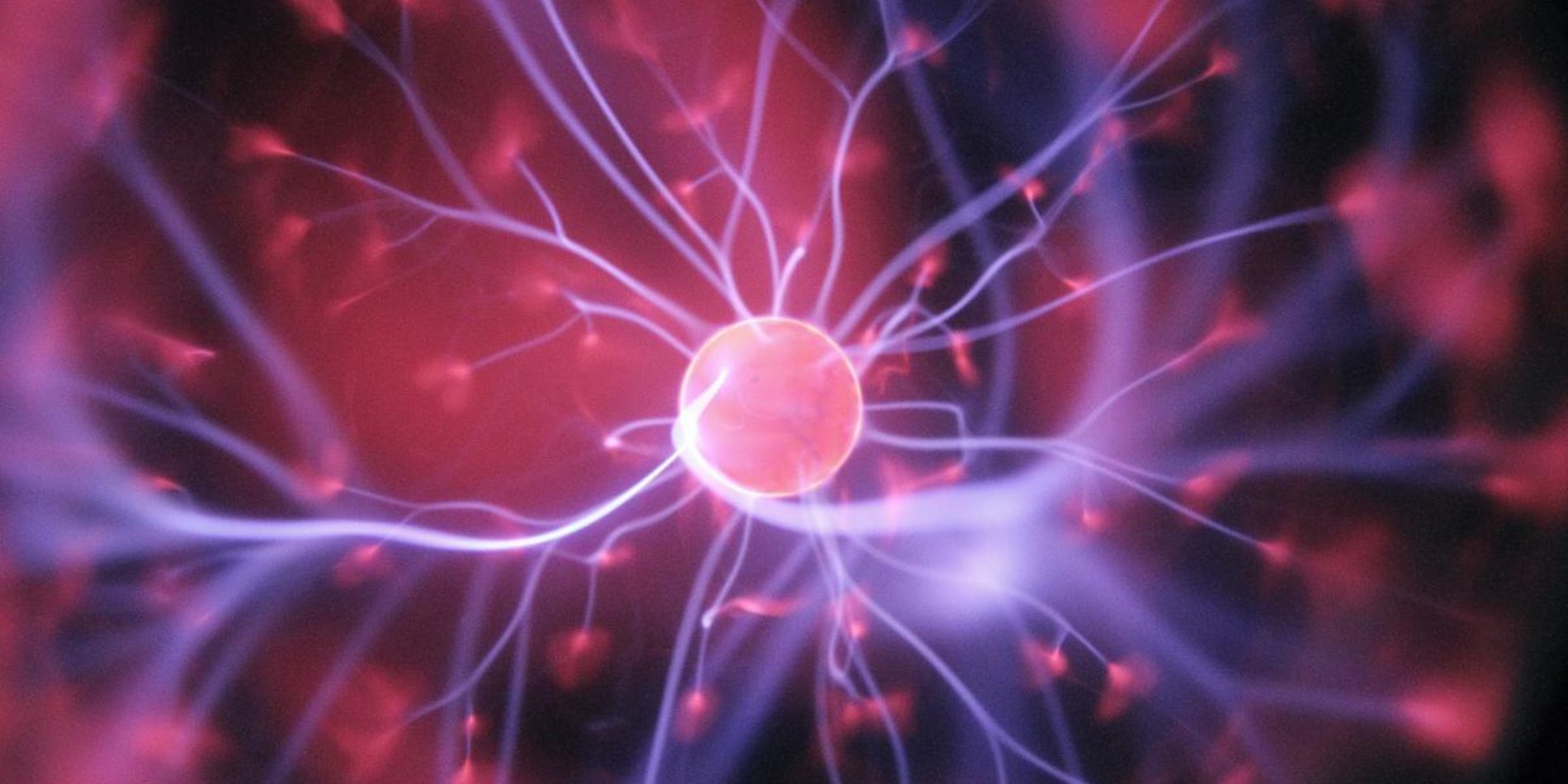General Education Requirements
This course is expected to experience high student demand. Sophomores and new transfers who decide to rank a high-demand WRITE 2 course when making their three selections for priority enrollment are advised to select non-high-demand IntroSems being offered the same quarter for their second and third choices.
Course Description
Stem cells are extreme: they are the most powerful cells in our body and yet they are unimaginably scarce; they exist in nearly every tissue but actually locating them is enormously challenging. We believe that stem cells have the potential to transform the way we practice medicine, while at the same time their potential application to human disease continues to spark political debates around the world. My laboratory at Stanford works on this remarkable cell, and we believe that they hold answers to some of the pressing questions about the potential for tissue healing and regeneration in our bodies. Come join us in this conversation about stem cells, and both the hype and hope that surrounds their application to medical practice.
While we will be focusing on the human body, we encourage participation from those students whose fields of interest fall well outside HumBio. Engineers, artists, historians, writers, economists--all will find intersections between the course subject matter, and their own interests.
In this in-person class, group work figures prominently and so we’ll discuss and agree upon team charters to facilitate these collaborations.
Finally, I recognize the challenge of bringing this face-to-face class into a post-pandemic world. There are plenty of obstacles to learning, but one shouldn’t be access to a course. So we’ll do our best to be responsive to the changing needs of our campus and community. Whether virtual, hybrid, or face-to-face, we’re in this together. Come join us!
This course fulfills the second-level Writing and Rhetoric Requirement (Write-2) and emphasizes oral and multimedia presentation.
Meet the Instructor: Jill Helms

"I am a Professor in the Department of Surgery at Stanford School of Medicine, and my research focuses on understanding why healing slows as we age. We’ve found that many such age-related changes can be traced back to sluggish stem cells, and my group has developed methods to reactivate a patient’s own stem cells for therapeutic intervention in a broad range of conditions affecting bone, cartilage, skin, and hair and beyond.
"While conducting clinically relevant research is my main objective, but it goes hand-in-hand with another goal: I believe that education is one of the most important tools to improving human health, and I aim to use every avenue available to transform the way people think about science and medicine, and emphasize its contribution to our daily lives.
"Photo of me and my dog, Kiwi."



